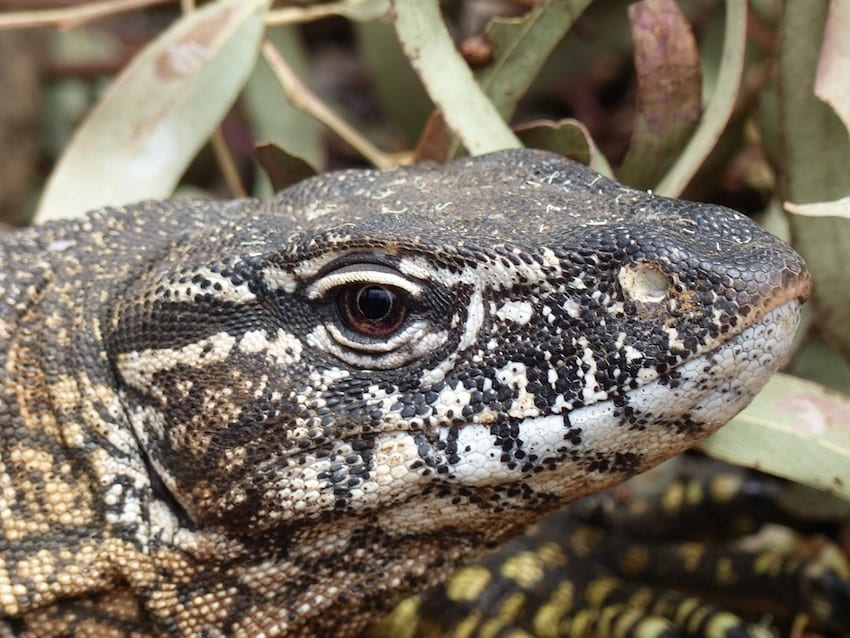
News
Tracking elusive Rosenberg’s Goannas
In January, Wildlife Drones trialed their radio-tracking drone system on Rosenberg’s Goannas in Namadgi National Park. It was a significant (and nerve-wracking) day for us. This was not only the first time we would be attempting to radio-track a ground-dwelling animal. But it also was the first time we had incorporated a GPS-download into our system.
The goannas we were tracking were part of a project led by Dr Don Fletcher. As a volunteer researcher from the ACT National Park’s Association, Don is keen to better understand this elusive species’ movements. Each goanna has a GPS tag and a radio-tag. The GPS tag logs the goanna’s movements throughout the day. While volunteers use the radio-tag to find their current location. Radio-tracking is vital in allowing volunteers to get close enough to the goannas so their GPS data can be downloaded.
But radio-tracking these goannas is no easy task. On the day, we witnessed the challenges volunteers faced firsthand. The goannas reside in rugged and steep terrain covered in prickly native Blackthorn scrub. The goannas don’t seem to be deterred by this. In fact, they seem to enjoy hiding deep in the spikey thickets!
While this was happening, we launched our tracking system up into the air. Immediately, we were able to detect radio-signals from nearby goannas and see their locations in real-time. We were also able to download their GPS data remotely from the drone. This was an incredible achievement for our team and the first time in the world that this had been done.
As a further testament to our wildlife tracking capabilities, we could even detect a goanna that was underground in a wombat burrow. This was despite initial theories that it would dampen the tag’s signal. With this in mind, we believe that our system has the scope to track even more species with more cryptic behaviors.
Being out in the field with Don and his team was an incredibly rewarding experience for us. Not only could we experience the real-world benefits of using our system in a project such as this. But we were also able to seek feedback and identify ways in which we could improve the user’s in-field experience.
To learn more about the project and our latest work with the NPA, check out the case study.

